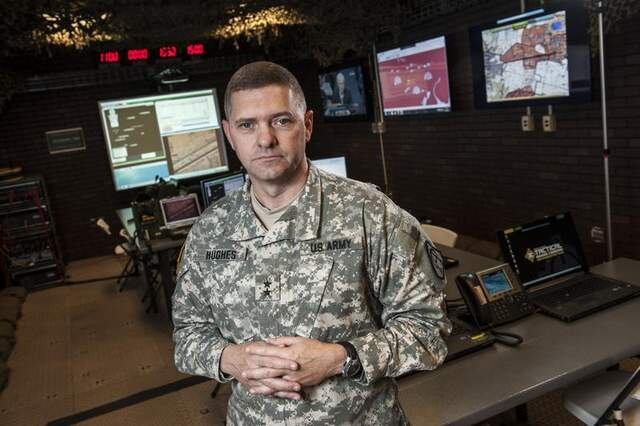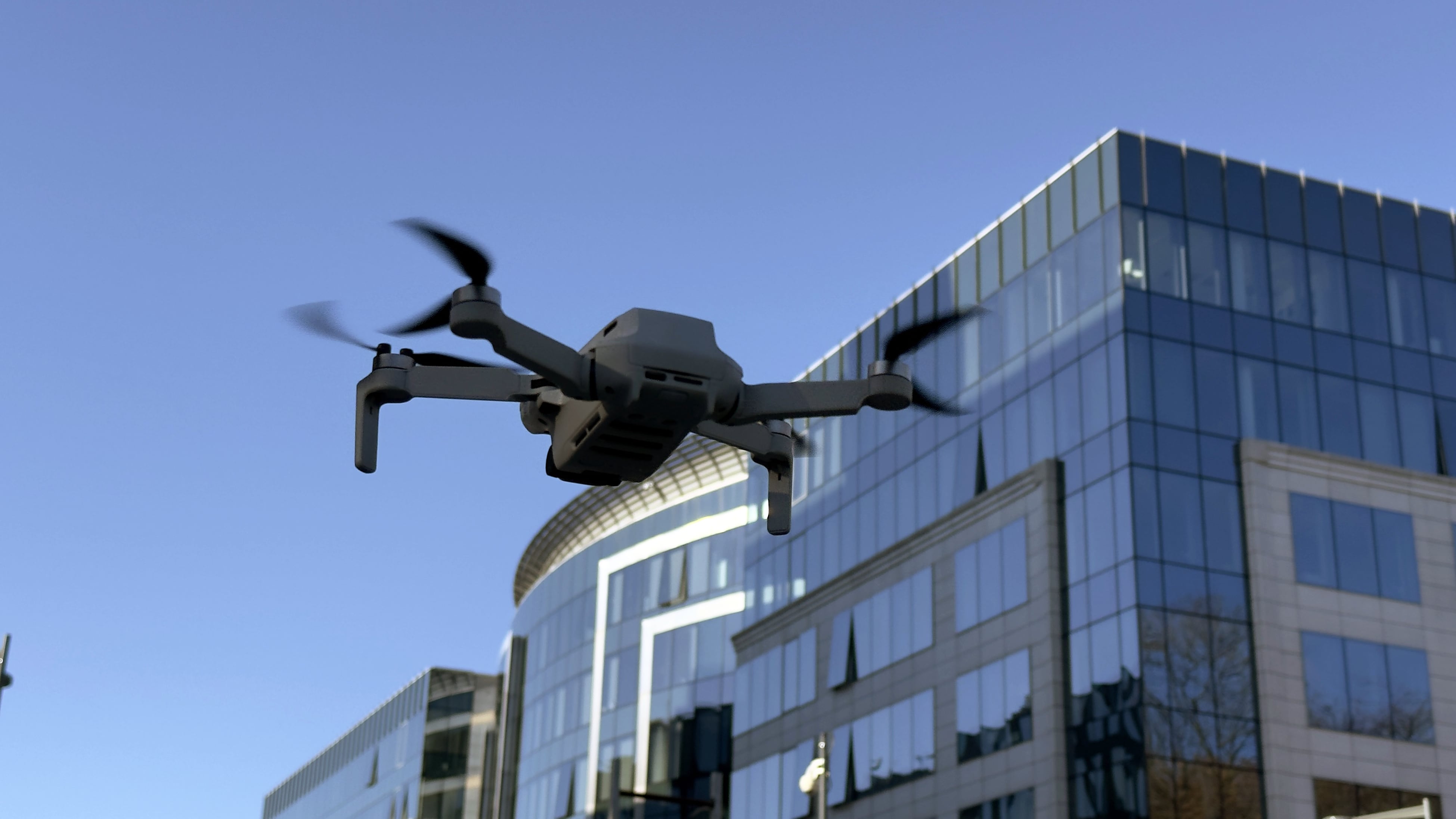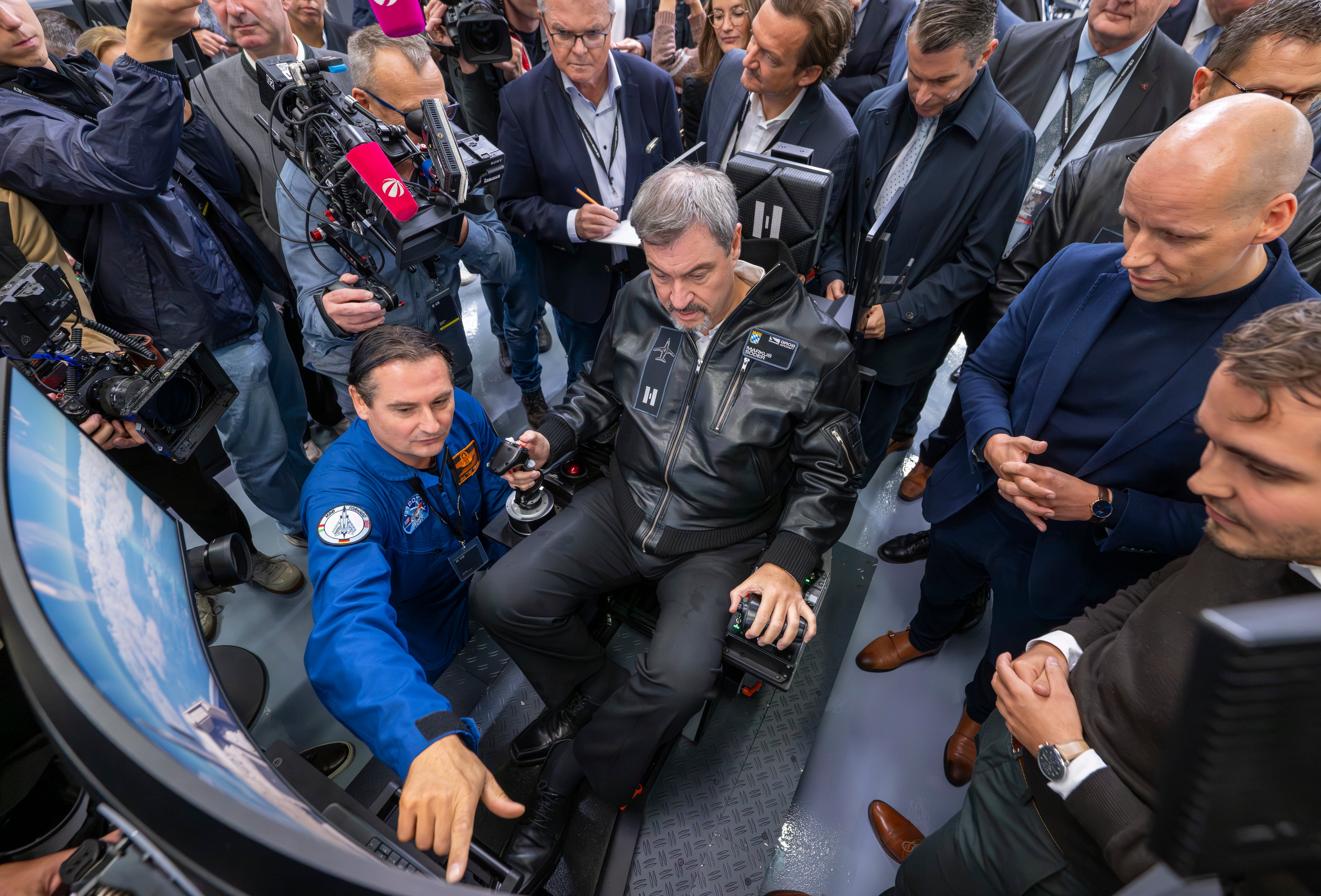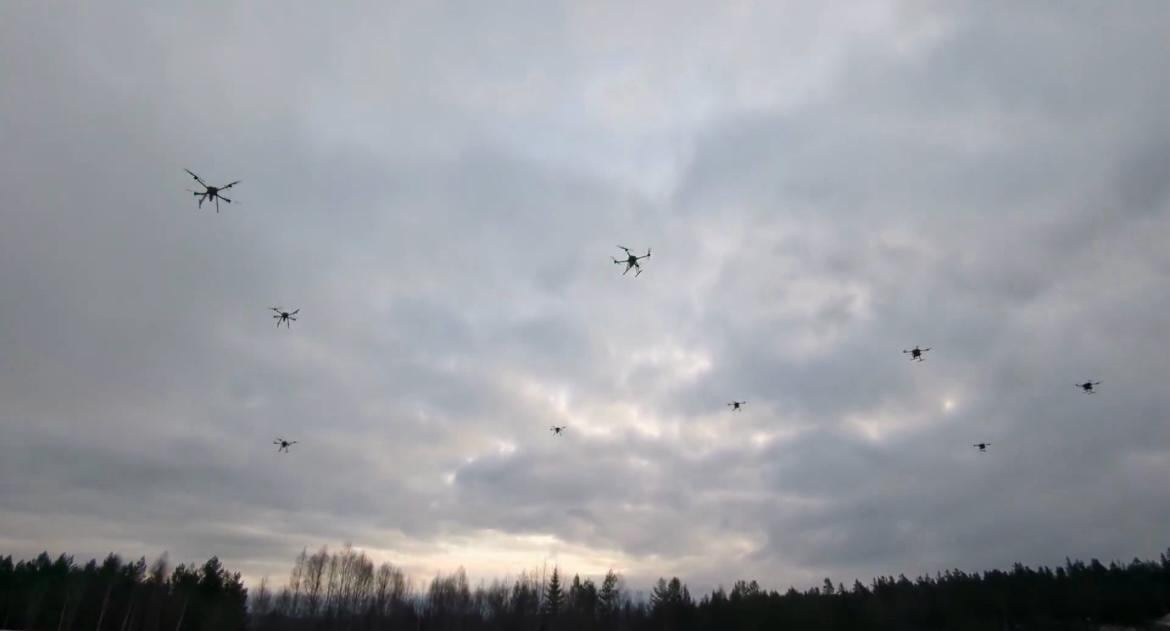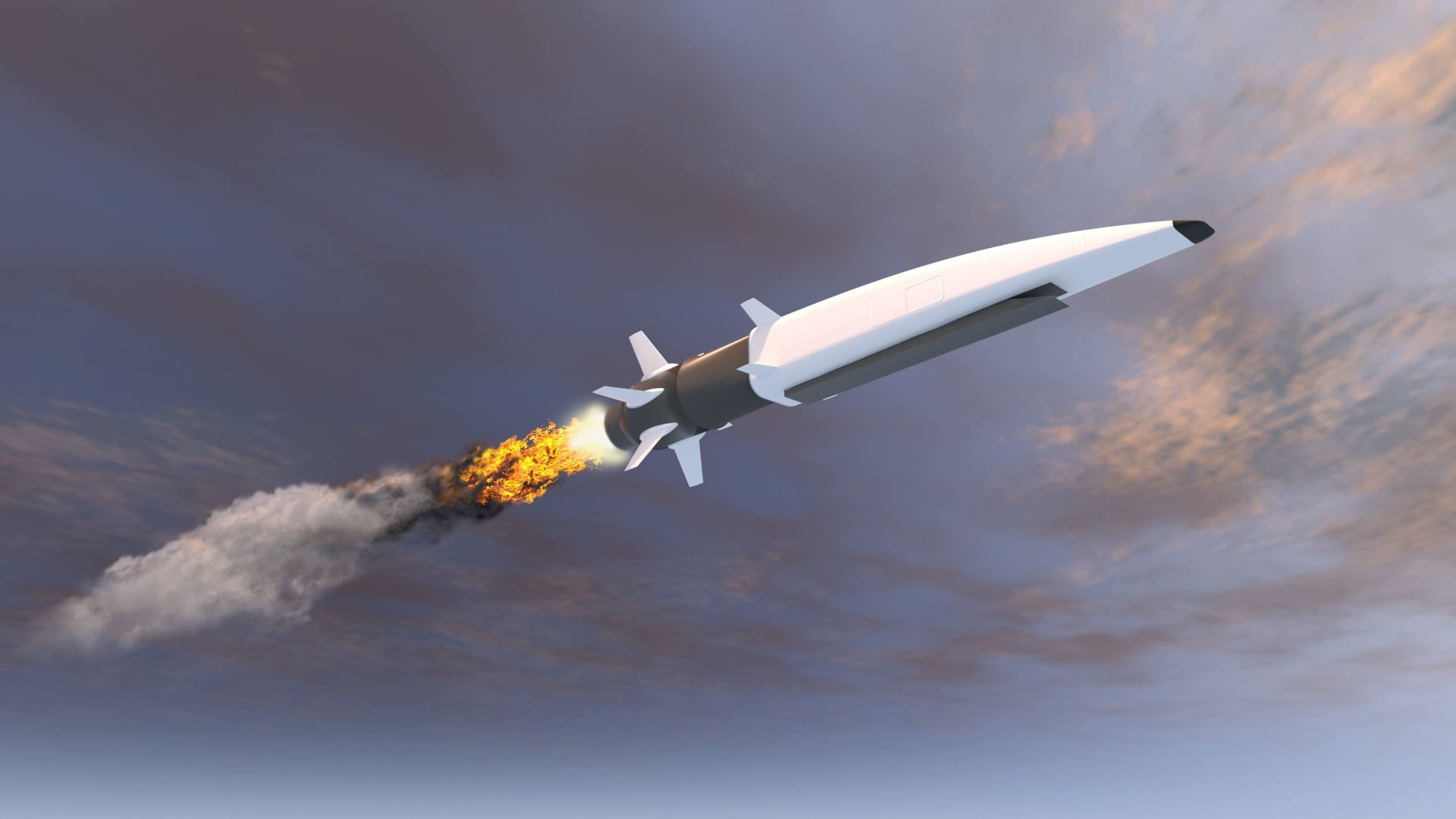As the Army works to upgrade its networks at home and in the theater, officials are looking to the service's IT systems to boost training for soldiers and interoperability around the world.
To start, the Army is applying a system-of-systems approach to training and providing constant internet connectivity in order to help soldiers improve their situational awareness and prepare for the battlefield, according to MG Daniel Hughes, Army program executive officer for command, control and communications-tactical.
Bonus: MG Daniel Hughes will be the opening keynote speaker at the C4ISR & Networks Conference, "The Intelligence Age Military," on April 7. Click here for details.
To do that, it means bringing together systems that previously operates separately, Hughes said April 1 at the AUSA Global Force Symposium in Huntsville, Alabama. Bringing those systems together both functionally and in training is at the center of this idea, Hughes said.
Check in often at our Show Reporter page for the latest updates from the AUSA event.
"We can have in isolation 18 different systems. If they do not work together the commander is not getting a common operational picture," he said. "One of the biggest things we need is a common understanding across the battlefield so the commander knows and can predict what's going on. So we're working on a systems-of-systems training...it's critical for us to do that. We've taken that on and we're receiving the fruits of that now in units that are going to the national training center…where they walk in the door with a systems-of-systems approach so they can execute their fight from day one. We do not want to have a learning curve as you deploy."
Hughes added that the Army also is working on an "en-route piece" that gives soldiers the same level of internet connectivity at the home station and en route to their next assignment.
"Then you get the same connectivity as you go through the entire cycle of the Army. That's critical to ensure we provide that warfighting capability at every aspect," Hughes said.
Hughes also said he's focusing on IT systems in improving interoperability with coalition partners, starting with an IP-based approach that lays a connective foundation. It also could help with some security concerns and in overcoming technological barriers between allies.
"We've taken the commercial industry view of the network and tried to apply it the tactical space," Hughes said. "Our concern has always been…what do you protect and what don't you protect, information-wise? What can you share, what can you not? With the Afghan Mission Network, right now we share everything with our coalition partners; we share that whole situational awareness. There are national boundaries with some of these but I think with IP and commercial practices we can really overcome a lot of that."
However, radio-to-radio interoperability and communications between coalition partners remains a sticking point, Hughes admitted.
"Radio-to-radio is going to be a challenge for us with waveform to waveform. But we're making progress with that," he said, noting that he's currently chairing a coalition waveform committee that meets regularly to try to work out some of the issues associated with the problem, including funding.
